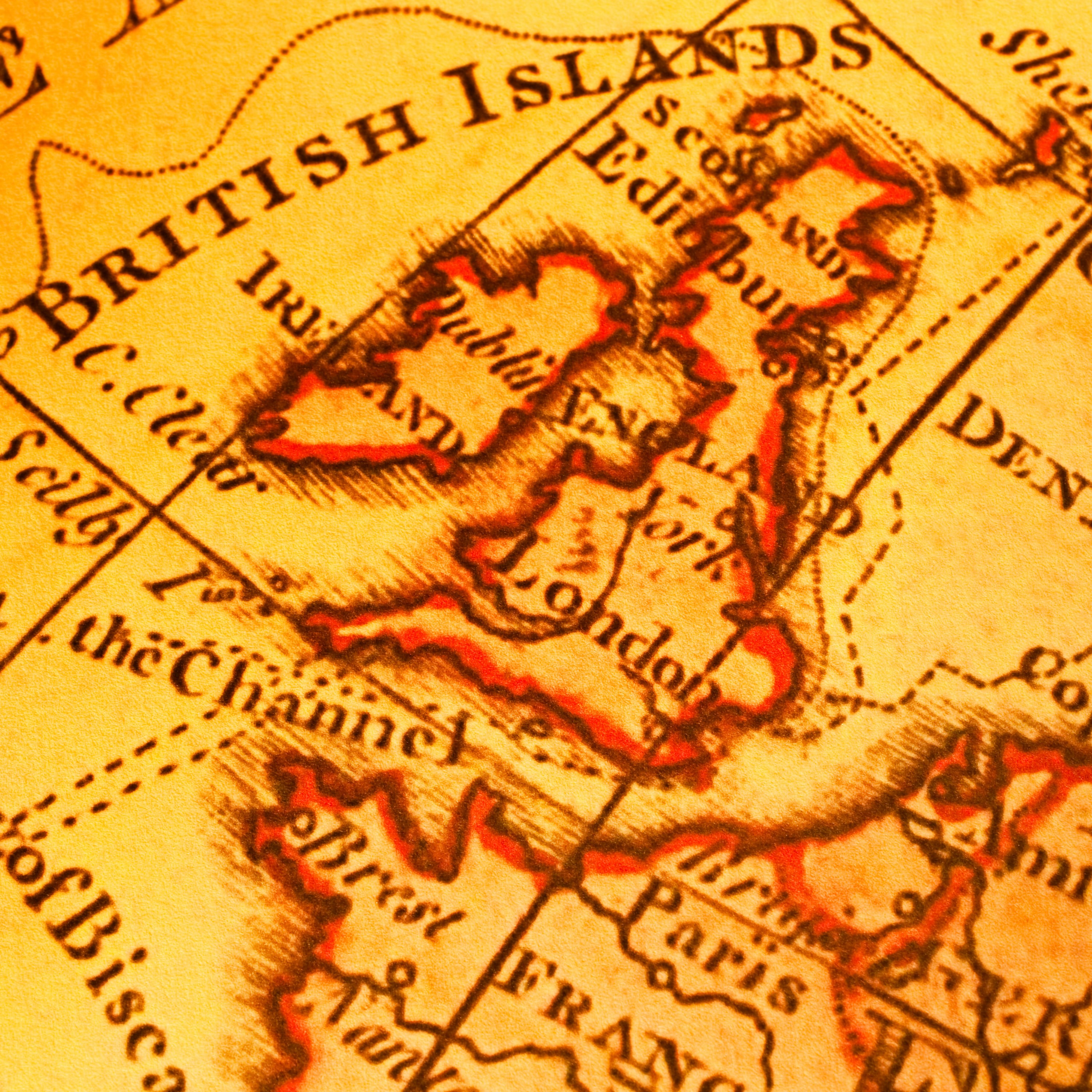Recently, Robert Caringola and I crafted a series of six programs discussing Historicism and the '70 weeks of Daniel,' found in Daniel Chapter Nine. I aim to explore Historicism's connection to the Anglo-Israel message. Do they complement each other? My response is a firm yes.
The '70 weeks of Daniel', or the 490-year period, pertains to the Judah Nation and Christ's arrival. This includes His baptism, ministry initiation, and crucifixion resurrection. It ended with Stephen's stoning and Apostle Paul's introduction into the gospel story. But where does the House of Israel, representing all 13 scattered tribes, fit in?
The 13 tribes were spread throughout the Mediterranean, northwestern Europe, and the British Isles. James acknowledges all 12 tribes in James 1:1, writing to the "12 tribes which are scattered abroad." Apostle Peter also recognizes them in 1 Peter 1:1. They were preselected, as God chose Israel in the Old Testament.
Throughout his ministry, Apostle Paul preached to Israelites. It is clear from the books of Romans, Galatians, Ephesians, and Corinthians that he speaks solely to Israelites. In Acts 26:6-7, Paul stands before King Agrippa, declaring his judgment rests on the hope of promises made by God to the Israelite forefathers. He believes in the fulfillment of these promises within the 12 tribes.
The belief in the amalgamation theory, suggesting the tribes' absorption into heathen nations, is a significant misinterpretation. This falsehood was contrived by those resisting the Anglo-Israel message, necessitating an excuse for their disbelief.
How did the gospel reach Europe and Great Britain? In Acts 13:46, Paul and Barnabas declare the Word of God should be spoken first to the Jews. However, when the Jews rejected the Word, they turned to the Gentiles, as Paul also mentions in Acts 18:5-6. The Gentiles referred to the House of Jacob or the Israelite tribes. Paul was sent to preach to the House of Israel, making him a missionary to the Gentiles.
Historical evidence suggests that Paul journeyed to Great Britain, spreading the gospel among the Israelites. This supports the belief that the descendants of Israel encompass the Anglo-Saxon, Germanic, and Scandinavian-related populations.
Revelation Chapter 4 depicts God's throne, surrounded by four creatures—a lion, a man, a calf, and an eagle. Each creature represents specific tribes: the lion stands for Judah, Issachar, and Zebulun; the man symbolizes Reuben, Simeon, and Gad; the calf represents Ephraim, Manasseh, and Benjamin; while the eagle denotes Dan, Asher, and Naphtali.
Revelation Chapter 7 discusses the sealing of the tribes. An angel with the living God's seal is seen instructing four other angels to withhold harm until God's servants are sealed on their foreheads. The chapter then enumerates the 12 tribes receiving the seal.
The Anglo-Israel message and Historicism indeed supplement each other, offering a richer understanding of the scriptures and the role of the Israelite tribes in history and prophecy. Recognizing this association, we can delve deeper into the divine plan and God's promises' fulfillment.

